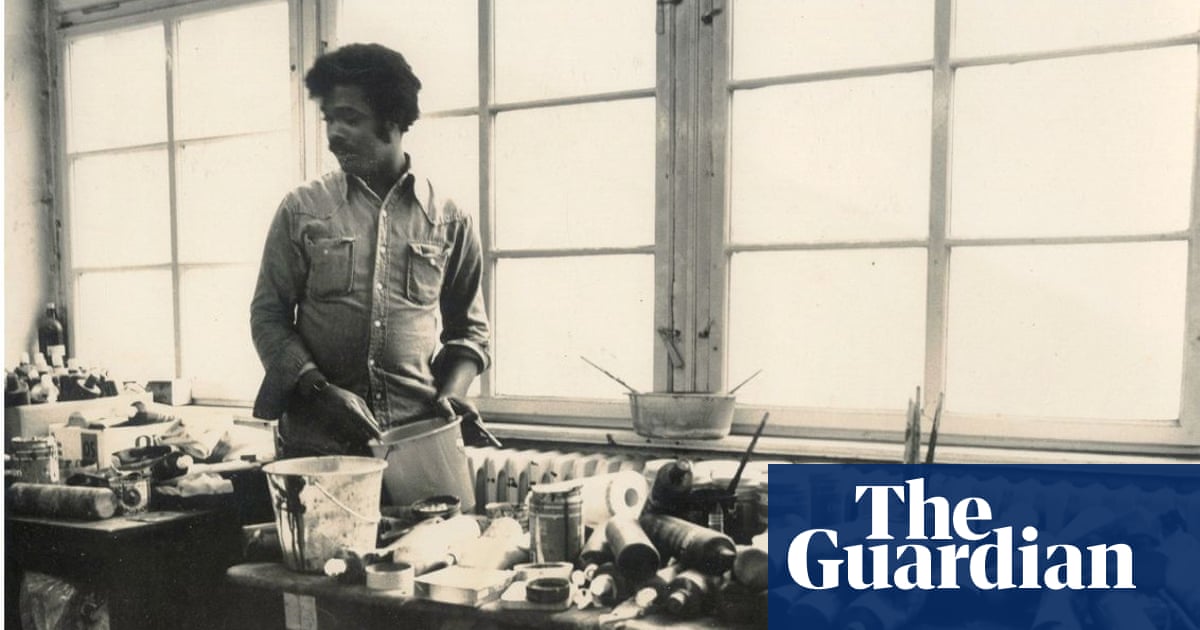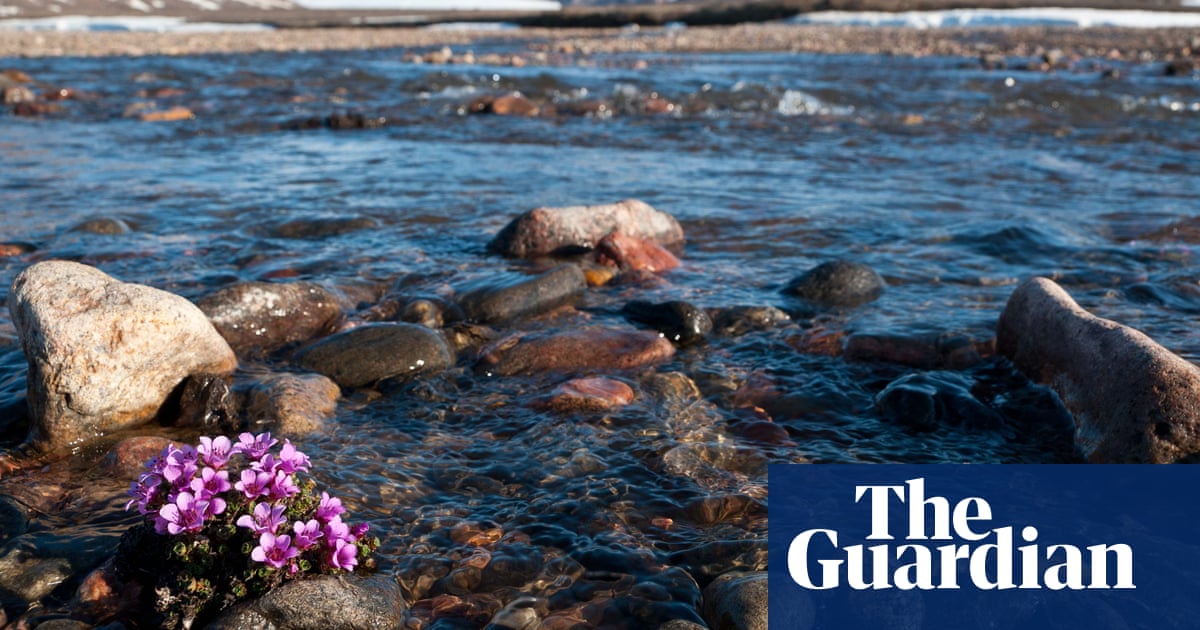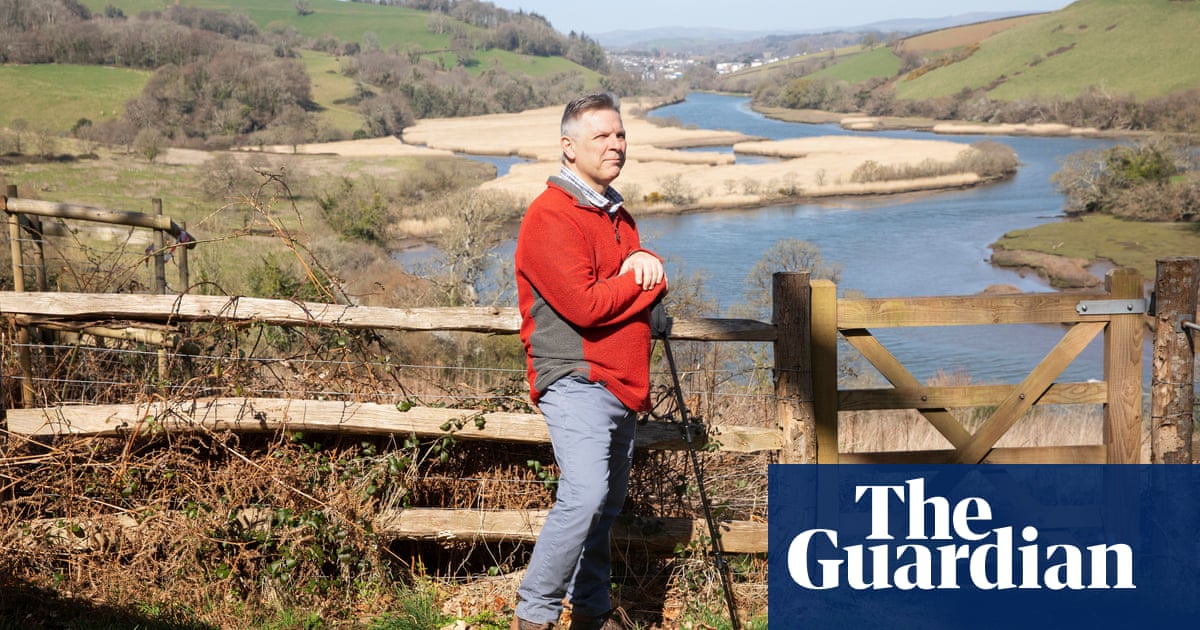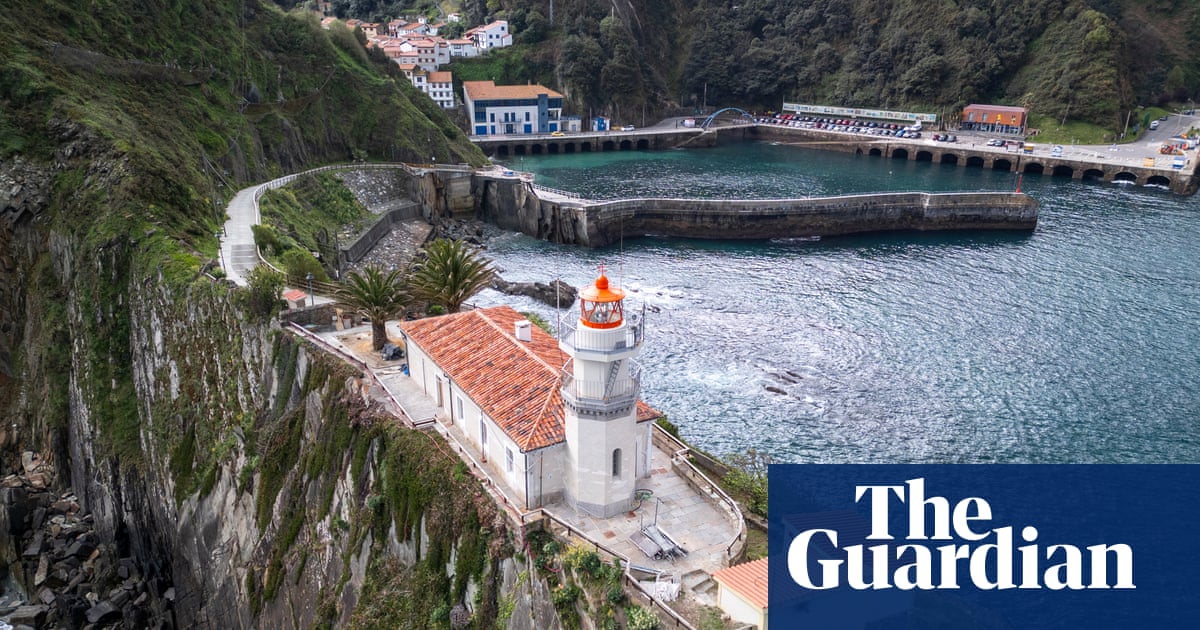Fabada Asturiana is classic Spanish cooking at its simplest and best. This stew of creamy white beans cooked slowly with pork and cured meat is traditionally made with fabes de la Granja (or judion beans), morcilla (Spanish black pudding), chorizo and lacón (cured pork shoulder, and similar to pancetta); it’s also the perfect dish for using up leftover roast pork.
Fabada Asturiana, or smoky pork and bean stew
Meat bones are packed with incredible flavour and nutrition, so I always save them, along with cooking juices and fat, in the freezer to create dishes such as this glorious Spanish stew – leftover ribs, chop bones, ham hocks or roast pork shoulder, together with any fat, will all work beautifully here.
In 2016, I went to a fiesta de matanza in northern Spain with my friend, the cook Oliver Rowe – the term translates literally to “the slaughter festival”, and it’s an annual village event where a pig is slaughtered and butchered from nose to tail. While it’s admittedly a bit gory and hard to watch, it is nevertheless a respectful, community-focused ritual that helps people connect to the origin of their food, and just witnessing proceedings made me reflect deeply on how I want to live and eat.
Fresh, honest ingredients, grown locally and sustainably, taste as they should – vibrant, flavourful and alive. By contrast, mass-produced foods, which are designed primarily for shelf life rather than enjoyment, are often stripped of many nutrients and much of their flavour. By adopting root-to-fruit principles, I’ve found myself eating better, wasting less and rediscovering the joy of truly good food – dishes like fabada, in which every ingredient is respected and celebrated.
Serves 4
500g dried white beans – for example, fabes de la granja, cannellini or butter beans
Leftover roast pork (bones, fat and meat), or the remains of cooked pork chops, or leftover cooked knuckle or ham hock bone, or any saved roast pork bones
100g pancetta, or bacon (optional)
100g morcilla, or black pudding (optional)
2 cooking chorizos, or 100g dried chorizo, sliced (optional)
1 onion, peeled and halved
4 large garlic cloves, peeled
1 tbsp smoked or sweet paprika
4 tbsp olive oil
A few saffron strands (optional)
Soak the beans in cold water overnight. The next day, drain, then put in a pot and add fresh cold water to cover them by about 4cm. Nestle any saved leftover pork meat, fat and bones in among the beans, then do the same with other optional pork, such as a piece each of pancetta (or bacon lardons) and morcilla (or black pudding), and the whole cooking chorizos (or sliced dried chorizo).
Add the onion, garlic, paprika and olive oil, then bring slowly up to a boil. Turn down the heat to a simmer, skim off any foam, then leave to cook gently for an hour to an hour and a half, until the beans are tender; if need be, add a splash of cold water as necessary to keep the liquid just above the beans.
Once the beans are soft, grind the saffron, if using, in a mortar (or just add the stamens to the pot whole), then cook on a very low heat for another 30 minutes. Season to taste, then cover and leave to rest for up to an hour. Lift out the meats, including any fat, cut into bite-size pieces, stir back into the beans and serve warm topped with a drizzle of good olive oil and crusty bread alongside.

.png) 2 months ago
25
2 months ago
25













































